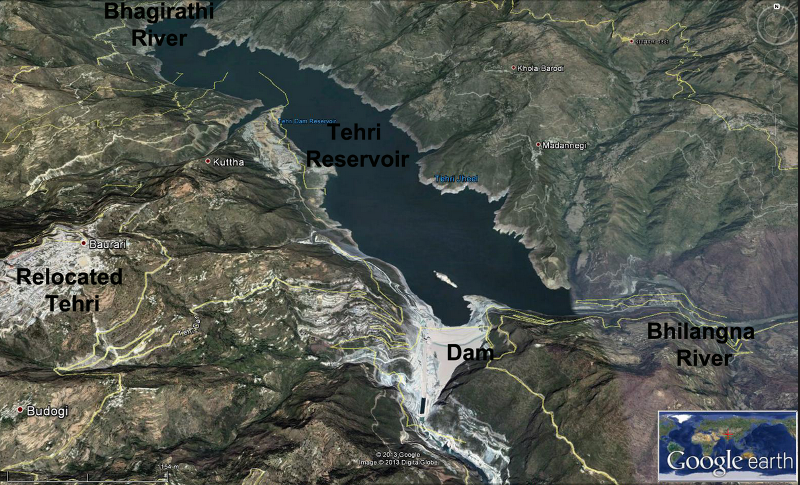Dehra Dun : Concerned that the ambitious plans for making Uttarakhand a power state had neither taken off and could fall flat following the Kedarnath tragedy in June 2013, after which environmentalists have come out hammer and tongs against hydro-power projects in this small hill state, the Uttarakhand government, in collaboration with the alternative energy department of IIT Roorkee is a holding a three-day workshop to dispel fears against setting up power projects in the state’s rivers.
Experts at the workshop were united on the issue that the hydro-power projects had nothing to do with the tragedy that hit the Kedarnath region wherein almost 5000 lives were feared to have been lost besides huge loss to government and private property, with roads having been washed away in the swirling waters and villages cut off even as pilgrims were marooned and stranded for days before they were airlifted to safety.
They were also of the view that hudro power is the cleanest form of energy that can be made available but the stringent environment preservation laws were coming in the way. This was also perhaps the reason that while investors were keen to invest in hydel power projects not only in Uttarakhand but other states also, they were not putting their money in the projects because of fears of action due to environmental concerns.

Experts who have gathered here not only from India but Canada, Norway, Sweden, Britain amongst other countries, cited the example of China which is producing 29,000 MWs of power and leads the world in hydel power generation. In contrast work is at a standstill on 20,000 MWs of projects in this small hill state because of the central environmental ministry, which has become all the more stringent following the Kedarnath tragedy.
Speakers even chided anti-hydel power project protesters, saying that they came up with not only unrealistic but at time uproarious reasons against the power projects, adding that at a point of time it was even said that the ‘pavitrata’ (piety) of the Ganga would be affected if hydek power projects were allowed to come up on it in the upper reaches of Uttarakhand. Reasons for opposing the hydel power projects should be based on scientific facts and reasoning, they added.
Admitting that the Kedarnath tragedy was a reason for the pessimism against hydel power projects in Uttarakhand, particularly amongst the central planners and a section of the envrionmentalists, they said that however, then National Mission had set up a target of producing 5000 MWs of hydel power in the nest three years and all eyes were on Himachal and Uttarkhand to met this.
An important issue that surfaced at the workshop was the involvement of the locals in the power projects in the higher reaches and experts were of the view that should be made equal stake holders in the power projects. They did not mince words when they said that this was the reason why a number of public interest litigations were filed against power projects and if the locals were made equall stake holders this problem could be resolved.
A journalist with over 40 years of experience, Jagdish Bhatt was Editor, Hill Post (Uttarakhand).
Jagdish had worked with India’s leading English dailies, which include Times of India, Indian Express, Pioneer and several other reputed publications. A highly acclaimed journalist, he was a recipient of many awards
Jagdish Bhatt, aged 72, breathed his last on 28th August 2021 at his Dehradun residence.



NGOs and the selfish & corrupt political leaders are responsible to agitate local communities against this green energy and that is why the whole nation faces a financial crisis. The time has come for the local stake holders, how they want to see their future.